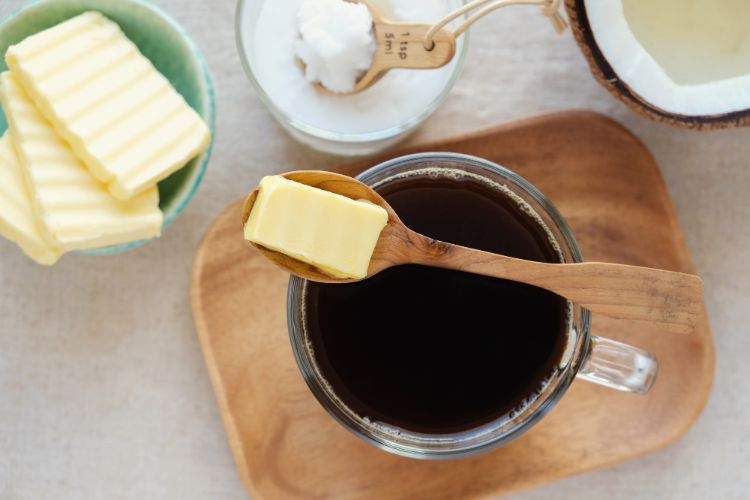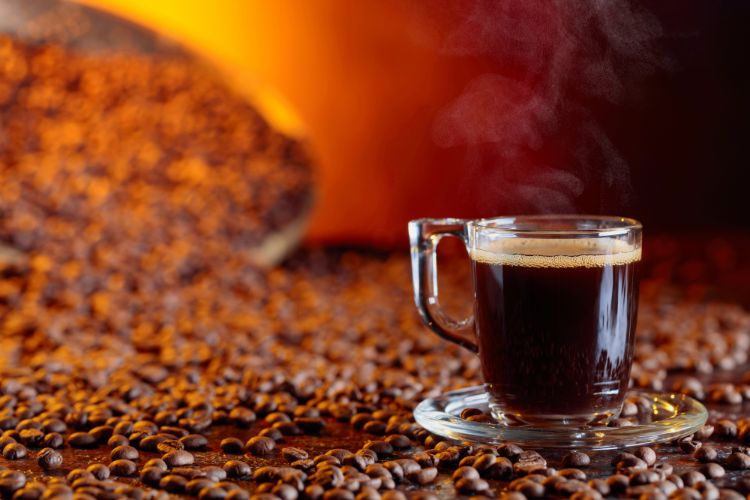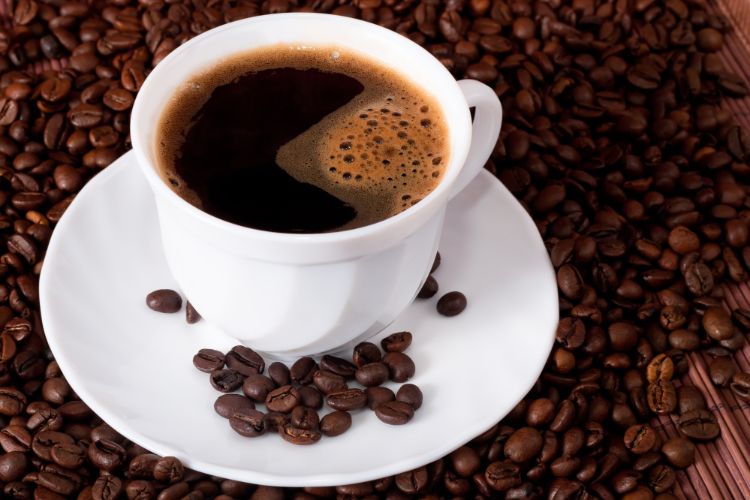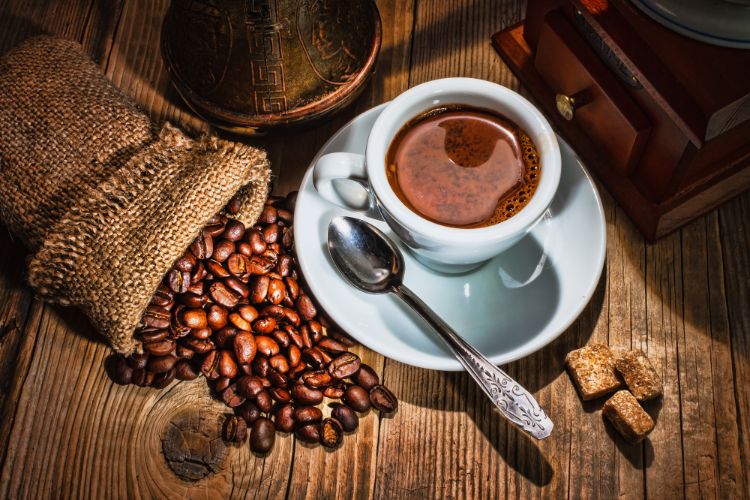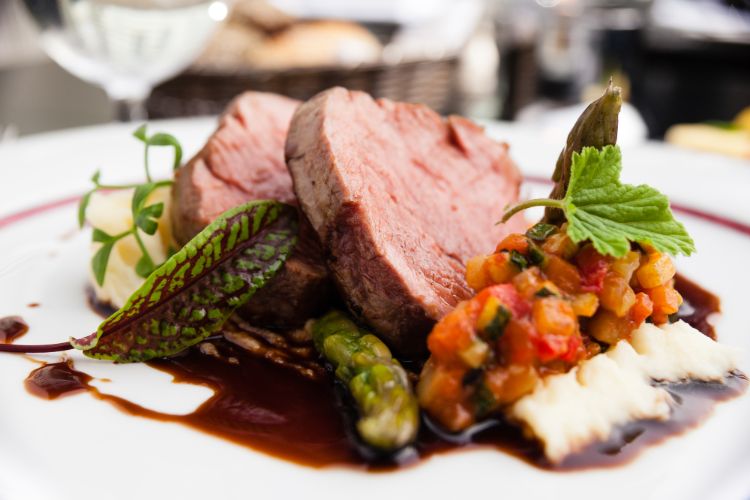Instant or ground, espresso or latte – which coffee is healthier?
Coffee is one of the most popular drinks in the world. It has an excellent taste and aroma, gives cheerfulness and energy , activates the brain. Modern consumer culture and industrial opportunities have changed the original appearance of coffee beyond recognition: many types and forms of the drink, cooking options, and additional ingredients have appeared.
Among such a variety, you should carefully choose the type of coffee and the method of preparation in order to get the maximum benefit and avoid possible harm.
Content
Instant or natural?
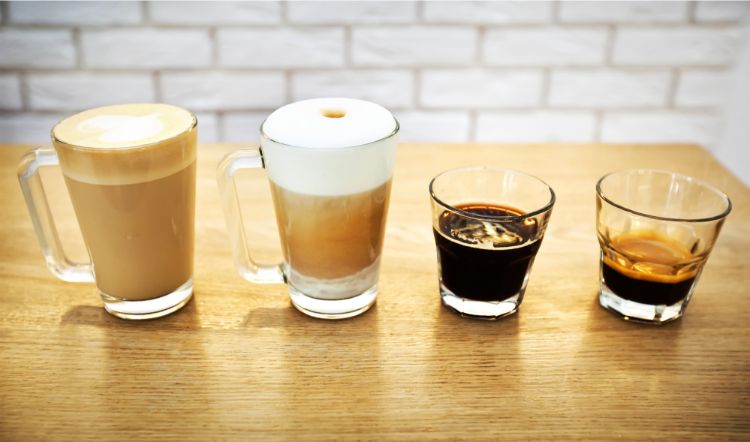
Both instant and ground natural coffee are extremely common all over the world and are in high demand. However, they have significant differences.
Instant
Instant coffee is a drink based on coffee tree beans that have been processed to turn them into powder or granules soluble in water. The first stage of production is the roasting of grains and subsequent grinding. Then the mixture is poured with hot water and dried in various ways, which determine the type of instant coffee:
- Freeze-dried. The crushed grains are frozen and dehydrated in a vacuum environment. Freeze-dried coffee is characterized by the preservation of almost all nutrients and high cost.
- Powder. The mixture is sprayed in a stream of hot air, then dries quickly and is converted into powder. This option is the cheapest on the market, has a weak taste and aroma.
- Granular. Is made on the basis of powdered coffee. The powder is soaked in water, then pressed until granules appear.
The main advantages of instant coffee - low cost, long shelf life.
The negative sides are a less pleasant (saturated) taste and aroma, a low proportion of caffeine (2-3 times less than in a natural product).
But the main drawback of instant coffee is the high content of toxic substances – acrylamide (about 2 times higher than in kind). This substance can provoke the growth of malignant tumors (ovaries, endometrium), inhibit mental work, reduce fertility and increase the likelihood of early development of type II diabetes mellitus. To such conclusions American scientists came.
Natural
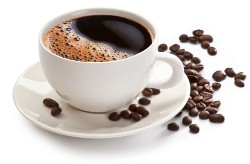 Natural coffee is a drink based on crushed whole grains of the coffee tree. There are over 90 species of plants in the world that belong to the genus Coffea, but only a few variants are commercially available:
Natural coffee is a drink based on crushed whole grains of the coffee tree. There are over 90 species of plants in the world that belong to the genus Coffea, but only a few variants are commercially available:
- Arabica. The most common option (up to 90% in the world). The grains have an oblong shape and a smooth surface. During the roasting process, many unburned areas remain due to the presence of an S-shaped furrow.
- Robusta. is characterized by a high caffeine content and a less pleasant aroma compared to other varieties. The share of global coffee is 5-7%. It is usually used not in its pure form, but as mixtures, which makes it possible to reduce the cost of the final drink. The grains have a rounded shape, without features.
The key stage in the production of natural coffee is the roasting of beans. It is during this procedure that the grains acquire their characteristic brown color, the severity of which is determined by the degree of roasting. There are 4 degrees of roasting:
- Light (Scandinavian);
- Middle (Viennese);
- Dark (French);
- Very dark (Italian).
With a high degree of roasting, coffee beans lose valuable nutrients, and also accumulate toxic compounds for the body, for example, the same acrylamide. However, the higher the degree of roasting, the brighter the taste and aroma. Very dark coffees should not be overused.
Scientists claim that it is natural freshly ground coffee of light and medium roasting that is most preferable for humans. 14 useful properties of natural coffee can be found here →
Comparison table
To understand which drink is more beneficial for the health of a particular person, you should pay attention to the main differences between instant and ground (grain) coffee. They are presented in the table:
| Criteria | Instant | Natural |
| Antioxidant content | Average | High |
| Taste and aroma | Less pronounced | Is more pronounced (proportional to the degree of roasting) |
| Caffeine concentration in 1 cup (170 ml) | 60-90 mg | 80-140 mg |
| Acrylamide concentration | 358 mcg/kg | 150-170 mcg/kg |
| Calories per 1 cup | 4 calories | 2 calories |
| Content of macro- and microelements per 1 cup (170 ml) | ||
| Calcium | 7.2 mg | 3.6 mg |
| Omega-6 fatty acids | 3.6 mg | 1.8 mg |
| Magnesium | 7.2 mg | 5.3 mg |
| Phosphorus | 5.4 mg | 5.3 mg |
| Potassium | 53.7 mg | 87.2 mg |
| Sodium | 7.2 mg | 3.6 mg |
| Caffeine | 46.5 mg | 71.2 mg |
Which cooking method is better?
 As we have already found out above, natural coffee beans are the most preferred option. However, there are different methods of making a drink that have their drawbacks and advantages.
As we have already found out above, natural coffee beans are the most preferred option. However, there are different methods of making a drink that have their drawbacks and advantages.
There are such cooking methods:
- &171;Turkish method &187; (in Turkey). Turka – dishes for brewing coffee. Usually, the finest grinding of grains is used for this option, from which the taste and aroma partially "come out".
- French Press. is a device in the form of a cylinder with a filter piston. Ground coffee is poured into a flask, filled with hot water (about 70-90 degrees) and infused for 5 minutes. Then the piston is lowered, the drink is poured into glasses.
- Filter coffee. Is done using various filters (most often paper ones). Ground coffee is poured into a filter and filled with hot water. The drink seeps through the pores and pours into cups.
- Geyser coffee maker. In the device, coffee is poured into one of the compartments, water is poured into the other, installed on any heating surface (for example, on a gas stove). Steam under pressure passes through the compartment with ground coffee and is collected in the next container (with the finished drink).
- In a thermos. The principle is simple: ground grains are poured into a thermos, filled with hot water and remain in a similar state for 1-3 hours.
- In the coffee machine. This device automates the coffee making process. Either ground or whole grains are loaded into the coffee machine (in this case, the grinding takes place in the machine itself). The principle of operation is to pass hot water through a layer of ground coffee under pressure. Modern coffee machines have many additional built-in functions (whipping milk, etc.)
The most useful variant of brewed coffee is "Turkish" (in Turkish). During the preparation process, the drink retains the maximum amount of antioxidant substances and macronutrients. The only drawback of boiled coffee is a less pleasant taste and aroma. It is important to drink the drink within the first 5-15 minutes after reaching readiness, otherwise the set of positive qualities will gradually be lost. Yesterday's coffee has a minimum of useful substances.
Exposure to water temperatures below 95 degrees (geyser coffee maker, French press) prevents valuable components from leaving ground grains and is less useful.
Coffee from a thermos is the most undesirable option, due to prolonged settling.
Which coffee drink is healthier?
 Many drinks are made on the basis of coffee, the most popular of which are:
Many drinks are made on the basis of coffee, the most popular of which are:
- "Espresso". Is prepared (more often in a coffee maker) exclusively from beans with the maximum degree of roasting. It has a low calorie content (7 calories). It is served in cups with a volume of 30-35 ml and contains approximately 63 mg of caffeine. There are several classic variations: "lango" – diluted with water up to 55 ml, "Americano" – up to 150-160 ml, as well as "doppio" – double "espresso" (contains approximately 125 mg of caffeine).
- "Cappuccino". is also made on the basis of "espresso". Whipped milk is added to the drink (70-80% of the drink consists of milk). The caffeine content is similar to espresso. All ingredients are served warm in a cup with a volume of 150-190 ml. The energy value is 105 calories per 150 ml glass.
- "Macchiato" &8212; espresso mixture with milk foam in a ratio of 1:1. Volume – 60-70 ml. Nutritional value – 66 calories.
- Latte . It is a milk drink. 75% is represented by milk. It is served in transparent vessels with a volume of about 200 ml. The energy value is 112 calories.
- "Moccachino" is a coffee drink with the addition of chocolate, cocoa powder or chocolate syrup. It is served in glasses with a volume of 200-250 ml. It contains about 270-320 calories.
Which additives are preferable?
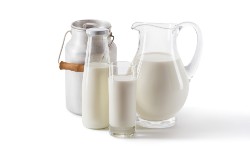 Traditionally, additional ingredients are added to coffee to give a more refined taste and aroma, which allows you to enjoy the drink as much as possible. But not all supplements are equally beneficial.
Traditionally, additional ingredients are added to coffee to give a more refined taste and aroma, which allows you to enjoy the drink as much as possible. But not all supplements are equally beneficial.
The most popular supplement options are discussed below and their effect on the body is described:
- Milk. Softens the bitterness of the drink, enriches it with additional antioxidants. Also milk promotes maintaining the integrity of the musculoskeletal system and preventing fractures, additionally reduces the risk the formation of malignant neoplasms (colon and rectal cancer) , reduces the likelihood of Early cardiovascular mortality, hinders the formation of type II diabetes mellitus.
- Cream. Cream is the top thick fatty layer of milk. They improve the taste, but significantly increase the energy value of the drink.
- Sugar. Helps to reduce the bitterness of an invigorating drink. It belongs to the group of rapidly digestible carbohydrates, extremely harmful to the heart and the whole body.
- Honey. For a long time it was believed that honey is an excellent alternative to "harmful" sugar, but recent scientific studies completely refute this information. He violates metabolism increases the risk of heart attack and stroke due to negative effects on the lipid profile.
- Lemon. Adds a special sour taste to the drink. Promotes normalization of the lipid profile ( reduces total cholesterol and the concentration of low-density lipoproteins), prevents the development of cardiovascular diseases and their complications, is especially effective in reducing blood pressure.
- Turmeric. Scientific research demonstrates , what turmeric is good for blood vessels and the heart , provides reliable prevention of atherosclerosis, type II diabetes mellitus, improves the rheological properties of blood.
- Cinnamon. This spice inhibits the vital activity of pathogenic bacteria in the body, reduces the severity of inflammatory processes in digestive tract , increases the sensitivity of peripheral tissues to insulin, lowers blood pressure (mainly the systolic component) and strengthens the immune system overall.
- Cardamom. Has general toning properties, enhances the "invigorating" effect. Helps strengthen local and general immune factors, slightly inhibits the effects of caffeine (recommended for strong coffees).
- Cloves. The main advantages are a bright rich taste, a decrease in blood pressure and a decrease in blood viscosity . It is recommended for people with pathologies of the blood coagulation system.
- Ginger. Increases the amount of lipoproteins with a high specific gravity, reduces it with a low one, as a result, prevention of atherosclerosis is ensured. It helps to increase the activity of metabolic processes (useful in order to reduce body weight).
Special varieties
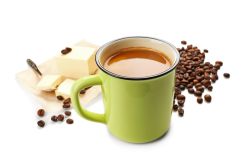
- Bulletproof coffee (bulletproof coffee) is a high-calorie product based on regular coffee, unsalted organic oil and MCT oils. Promotes weight loss due to the transfer of the body to the "ketosis" mode, prolongs life in general.
- Decaf Coffee or "decaf" is a product from which practically all caffeine (up to 97%) is technologically removed. As a result, there is no effect of this biologically active substance, the list of contraindications to coffee is narrowed (acute inflammatory lesions of the digestive system, refractory arterial hypertension, etc.).
- Cold or ice coffee is a serving option in which a coffee drink is consumed in a cool form, usually in the summer to quench thirst and improve performance . There are 2 main cooking options: dilution with cold milk or cooling.
Conclusion
Thus, the varieties and methods of coffee preparation are extremely rich and diverse. In general, preference should be given to a natural ground product, since it contains fewer toxic substances and has a high concentration of caffeine. The range of positive effects is also influenced by the cooking method, additional ingredients and the type of grains themselves.
